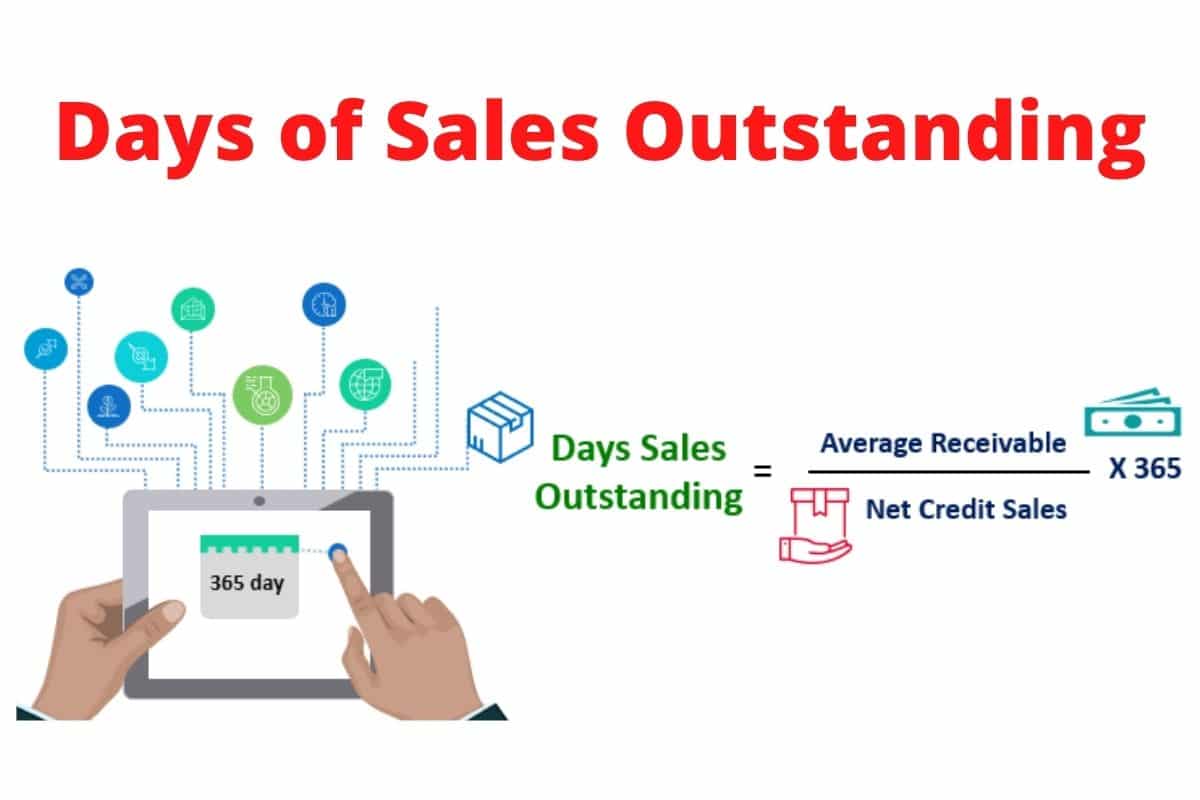If you run a business, keeping an eye on your profit margins on a regular basis will help you identify the aspects of your firm that are most profitable. Comparing a company’s financial health to other organizations in the same industry is also a tool for financial counselors to determine how healthy an organization is financially. Hence, the best statistic to use is a financial metric that allows organizations to see how effectively costs translate into sales. However, the gross profit percentage is an important financial metric that measures profitability. It reveals how much money a corporation has left over after paying all direct costs linked to manufacturing or delivering a product or service. We’ll discuss in this article how the gross profit percentage provides an understanding of operational efficiency, why it’s significant, how to calculate it, and the formula to evaluate it.
Let’s get to business…
What Is the Gross Profit Percentage
The gross profit percentage is a financial metric that financial counselors use to gauge a company’s financial health. This is basically done by deducting the cost of goods sold (COGS) from sales revenue. Sometimes called gross profit margin or gross margin ratio, we can use it to measure how well corporations allocate resources to produce and sell things.
However, based on a variety of factors, the gross profit percentage of a company represents a good indicator of its overall profitability. Generally, most business owners desire a high gross profit margin. This is nevertheless because it reflects the amount of money they can take home after completing a job well done. Besides, a company’s ability to economically make and sell items is determined by its ability to use its production costs effectively. A formula is used to calculate the gross profit margin, which is expressed as a percentage.
In other words, the gross profit percentage is the percentage of profit made for every dollar spent on the production or generation of goods. Additionally, the gross profit percentage is a measure of a company’s ability to use its costs of production in a profitable manner. However, there are a few other crucial factors to keep in mind when analyzing a company’s gross profit ratio. The higher the proportion, the healthier the organization.
Understanding Gross Profit Percentage
Generally, understanding the gross profit percentage and how to calculate it helps you keep your earnings high and your costs low. It is said that having a high gross profit margin indicates that your organization is financially sound. Hence, you, your rivals, and investors can all benefit from knowing this information about your company.
The gross profit margin is a popular indicator among business owners and investors because of its simplicity in comparing one company’s profitability to its rivals. Basically, a company’s gross profit percentage is a measure of how efficiently it produces goods or services compared to the expenditures it incurs. It also tells you, expressed as a percentage, how much of your profits you may recoup after expenses.
In addition, there are several ways it can assist you to improve the efficiency of your firm. Let’s say you’ve had your company for five years. After the fifth year, your profit margin ratio unexpectedly declines or is stable when it should have been increasing. You can use this to see if your production, pricing, or sales processes have a weak spot. As a result, your next step or decision can be carrying out research to ascertain the sources of your inefficiencies and devise strategies for eliminating them.
What Does the Gross Profit Percentage Tell You?
While it can help you determine your firm’s financial health, it could be an indication of bad management or subpar products if a company’s gross profit margin is constantly changing. Although, temporary instability may be acceptable when a company undergoes a major shift in its business model. Especially one where it really shouldn’t be a cause for panic.
The cost of goods will decrease as a result of investing in the digitalization of supply chain functions, even though the initial investment may be costly due to the reduction in labor expenses.
Likewise, a change in the price of a product might also have an impact on gross margin. With nothing to fear or be concerned about, if a company takes the decision of selling its goods or product at a discount price, its gross margin will be higher. However, it’s important to keep in mind that if a firm sets its pricing too high, fewer people will buy the product, which could result in a loss of market dominance for the organization in the long run.
What Does the Gross Profit Percentage Tell You?
There are several drawbacks to gross profit margin basically, so it’s crucial to be aware of them when using them as an investment tool. To begin with, with the gross profit margin, you probably won’t get all the answers you’re craving.
The gross profit margin of a corporation is not always a reliable indicator of its overall success and financial position. This proportion is commonly used to detect when a company has a critical vulnerability, as we said earlier. Regardless, if you’re looking for a certain weak spot or vulnerability, you might not get the exact spot. Hence, you’ll have to rely on your own ingenuity. And we all know while making sensible business investments, it’s never safe to assume.
Furthermore, a company’s gross profit margin may not always accurately reflect its overall profitability. An excellent gross profit percentage may not be enough to settle the company’s finances that aren’t factored into the gross profit ratio computation. However, a company with a lower percentage point might probably have a good financial performance if they unexpectedly become prominent or abruptly have a surge in business.
This financial measure provides a good overview of an organization’s financial health. Likewise, if you want to get a better sense of a company’s financial health, you should look at its gross profit percentages over a period. Meanwhile, there are a number of variables in the gross profit percentage formula that are vital to comprehend. Therefore, you can usually use your findings with caution.
How to Calculate Gross Profit Percentage
To calculate the gross profit percentage is to figure out how much money you have left over after all of your operating costs have been removed from your sales. Basically, to calculate the gross profit percentage, you will subtract the cost of goods sold(COGS) from the whole revenue.
#1. Cost Of Good Sold (COGS)
This term refers to the whole amount you pay to produce or deliver your products and services, including all of their direct costs. However, indirect expenditures, such as staff pay or marketing and sales, are not included. Here are a few real-world instances of cost of goods sold:
- Raw materials and essential components in production.
- Costs directly attributable to production’s labor force
- Production costs include the cost of machinery.
- Delivery charges
- The production facility’s utilities
#2. Gross Profit
How do you calculate gross profit percentage? Gross margin ratio is what you have left over after subtracting the cost of products sold from your profit.
#3.Revenue
Basically, it’s how much money your organization makes from selling items or services. There is no doubt about how much money you’re making from all of your sales. Nevertheless, it is critical to understand that taxes, interest, as well as depreciation are not included in this calculation.
How to Calculate it
To calculate your gross profit percentage accordingly, we can begin by taking the whole amount of money you made during that time period and dividing it by the total amount of money you made over the entire year.
Suppose you run a contracting business in one month and you earn $250,000 in revenue.
There are, however, some associated expenses. Suppose you have six employees who each earn $4,000 a month, but they also have a total obligation rate of $7,500, which is the sum of their wages and expenses. The Projects you completed during the month had a combined material cost of $45,000, a labor cost of $25,000, and miscellaneous production expenditures of $7,000 in total.
You can calculate this month’s gross profit percentage by using the following formula:
To start with, calculate the total cost of goods and/or services sold.
- This means the cost of workers + materials + labor burden + trade contractors + other production expenditure.
- The overall cost is $108,000, which includes (6 x $4,000 = $24,000) + $45,000, $7,500 + $25,000, and $7,000.
Second Step: Secondly, to calculate gross profit percentage in dollars.
- Total revenue generated-COGS
- $150,000 – $108,0000 = $41,500
Third Step: Now that we have the gross profit percentage, we can now calculate by converting from dollars to percentage.
- Gross profit/total revenue multiplied by 100
- $41,500/150,000 x 100= 28%
With this, you’ve made $41,500 in total profits, which equates to 28% of your total revenue that month.
Gross Profit Percentage Formula
Determining the factors that go into the formula for the gross profit percentage involves a few important steps. Gross profit percentage can be determined accurately if you know where to look for the aforementioned variables and what they signify in the context of a business’s operations. Entrepreneurs and business owners can get company profitability data. However, knowing the above terms will help.
Gross Profit Percentage= (Gross Profit / Revenue) x 100%
Conclusion
This gross profit percentage is useful for evaluating a company’s financial health. But it works best analyzing a company’s progress over time or comparing companies in the same industry.
It is possible to utilize the gross profit margin ratio as a benchmark for exceeding the industry average. This is in addition to determining whether or not your company is meeting the industry standard.
In order to assess the profitability of different companies, business owners and investors should know what gross profit percentage means and how to calculate it. However, it’s not enough to simply learn how to calculate gross profit margin to become a more informed business owner. It is also crucial to understand how to boost your company’s gross profit percentage if and when necessary.
FAQs
What is the highest profit margin business?
Services-oriented businesses typically have the highest profit margins. This is due to the fact that they do not have the costs of producing a product.
What is the Percentage of Contribution Margin?
The contribution margin percentage, which excludes all fixed expenditures from the gross profit percentage computation, is a variation in the gross profit percentage. The contribution margin percentage is a better measure of success when you only consider variable costs in the computation.
Why Is It So Important?
It doesn’t matter if it’s for a single job or your entire firm. The more you understand the essential metrics in your firm, whether for a month or a year. The more successfully you’ll be able to run it. A greater understanding of your financial results should assist you in running a more efficient company and increasing earnings.
Why is it vital to calculate gross profit?
The gross profit percentage varies by product and industry, although most people use it to assess a single product’s profitability. It tells you how effectively you’re employing your resources to make your products or offer your services.
Related Articles
- ANNUAL GROSS INCOME: How to Calculate & Why It Is Important
- Gross Pay: Definitions, Calculations, and Examples (+Quick Tools)
- Gross Profit Explained!!! Formula & How to Calculate with Examples
- Gross Profit Margin: Formula & How to Calculate the Gross Profit margin
- FIFO METHOD: Meaning and Method Explained






